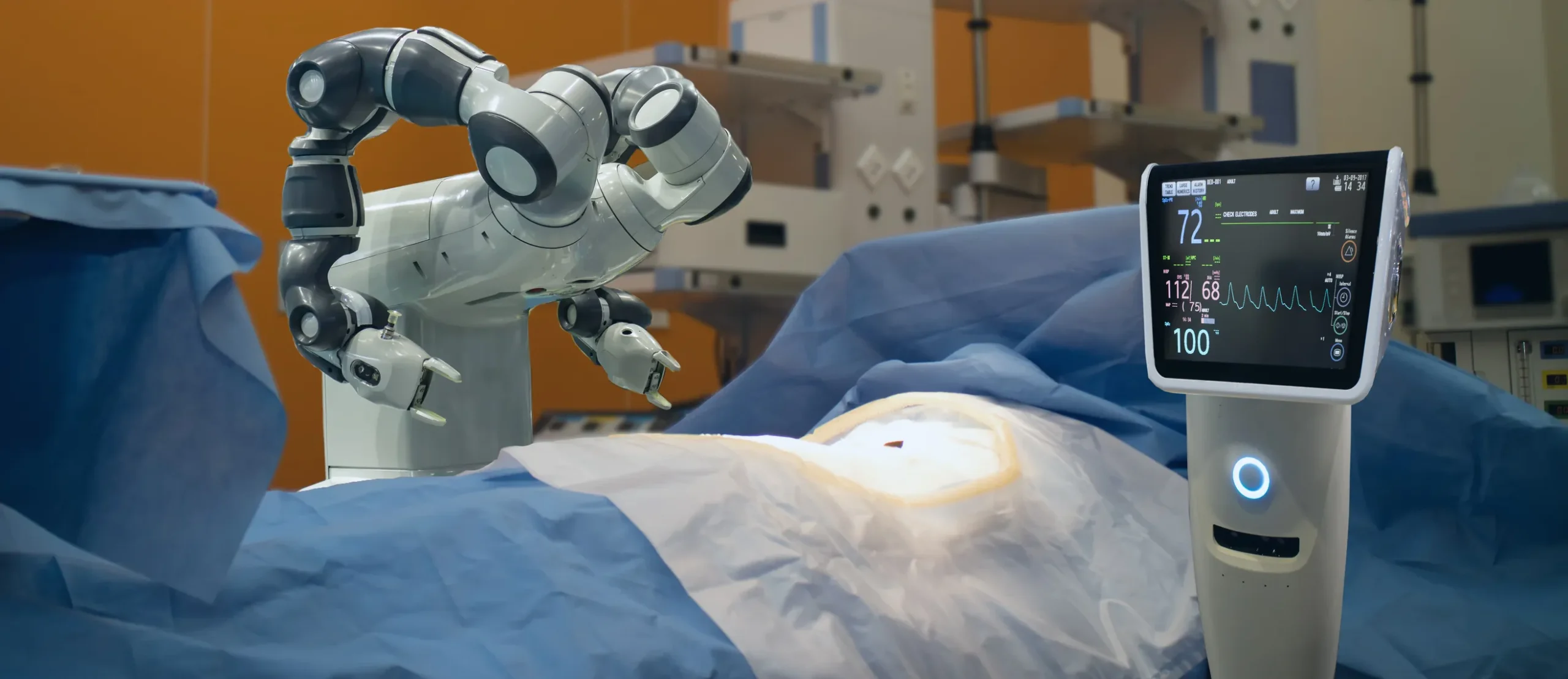Can medical robots be liable for malpractice?
Medical Malpractice - December 13, 2023
Medical robots seem like a miracle to most. So, how are medical robots taught to perform tasks and how safe are they? Although the benefits of using technology like a Da Vinci medical robot can make scars smaller and procedures less invasive, there is still a risk, just as with any other type of surgery.
In fact, the use of medical robots could increase the risk of some surgical errors, harming you beyond recovery. What do you do in this case? A skilled medical malpractice attorney familiar with medical robotics companies can help you hold all liable parties accountable for your losses.
Contact Horwitz, Horwitz & Associates today at (800) 985-1819 for a free consultation with one of our Chicago medical malpractice lawyers.
Where are medical robots used?
A doctor may use robotic technology to make processes less invasive with console, laparoscopic cameras, or remotely operated devices.
Robotic technology may also be more dexterous than human fingers or provide a greater range of motion. The tiny cameras that robotic surgical tools are equipped with often allow surgeons greater visibility in the surgery site and the opportunity to see more of the surrounding area than manual visibility permits.
What do medical robots do? Some of the most common procedures include:
- Cardiac surgery
- Colorectal surgery
- Bariatric surgery (gastric bypass or gastric sleeve)
- Urologic surgical procedures
- Gynecologic surgery
- Thoracic surgery
- Gall-bladder removal
- Head and neck surgery
- Hysterectomy and prostatectomy
Although robotic devices may be used in surgery, they’re not in charge. Multiple surgeons, surgical nurses, and surgical assistants are still involved in the procedure, just as they would be in traditional surgery.
Altogether, the number of people who may play a direct role in the operation (and who may be responsible for something going wrong) is higher. This can include the manufacturer of the robotics equipment and anyone responsible for the maintenance of the equipment.
Filing a robotic-assisted surgery malpractice lawsuit
If you’ve been harmed during surgery involving robotics, you have the right to demand compensation for your losses, injury, and trauma.
These cases are often more complicated than other medical malpractice claims because there’s a lot of finger-pointing between defendants. The medical device manufacturer may claim that the surgeon overseeing the procedure is responsible for anything that went wrong. Meanwhile, the surgeon may have been unable to take corrective action due to manufacturing or design defects.
Any medical professional participating in robotic-assisted surgery should have the proper training and experience to safely operate the devices and, when appropriate, be certified. Lack of training could mean that the supervisor responsible for training and competence could be partially liable.
Other liable parties in a robotic device medical malpractice claim could include the hospital or healthcare facility where you had your surgery. It’s responsible for ensuring that any devices used on the premises are clean and in good working order.
It’s also responsible for ensuring that anyone using these medical devices is trained and qualified to do so. Finally, an anesthesiologist may also be responsible for any harm during surgery, traditional or otherwise.
Only a qualified Chicago medical malpractice lawyer can determine all liable parties and their role in the harm you suffered from surgery.
Do you need help filing a medical malpractice claim after robotic-assisted surgery?
Have you been harmed after a robotic-assisted surgical procedure? You could be eligible for compensation from multiple parties, and the legal team at Horwitz, Horwitz & Associates can help you get it.
Contact us today at (800) 985-1819 for a free consultation with an experienced Chicago medical malpractice lawyer.



